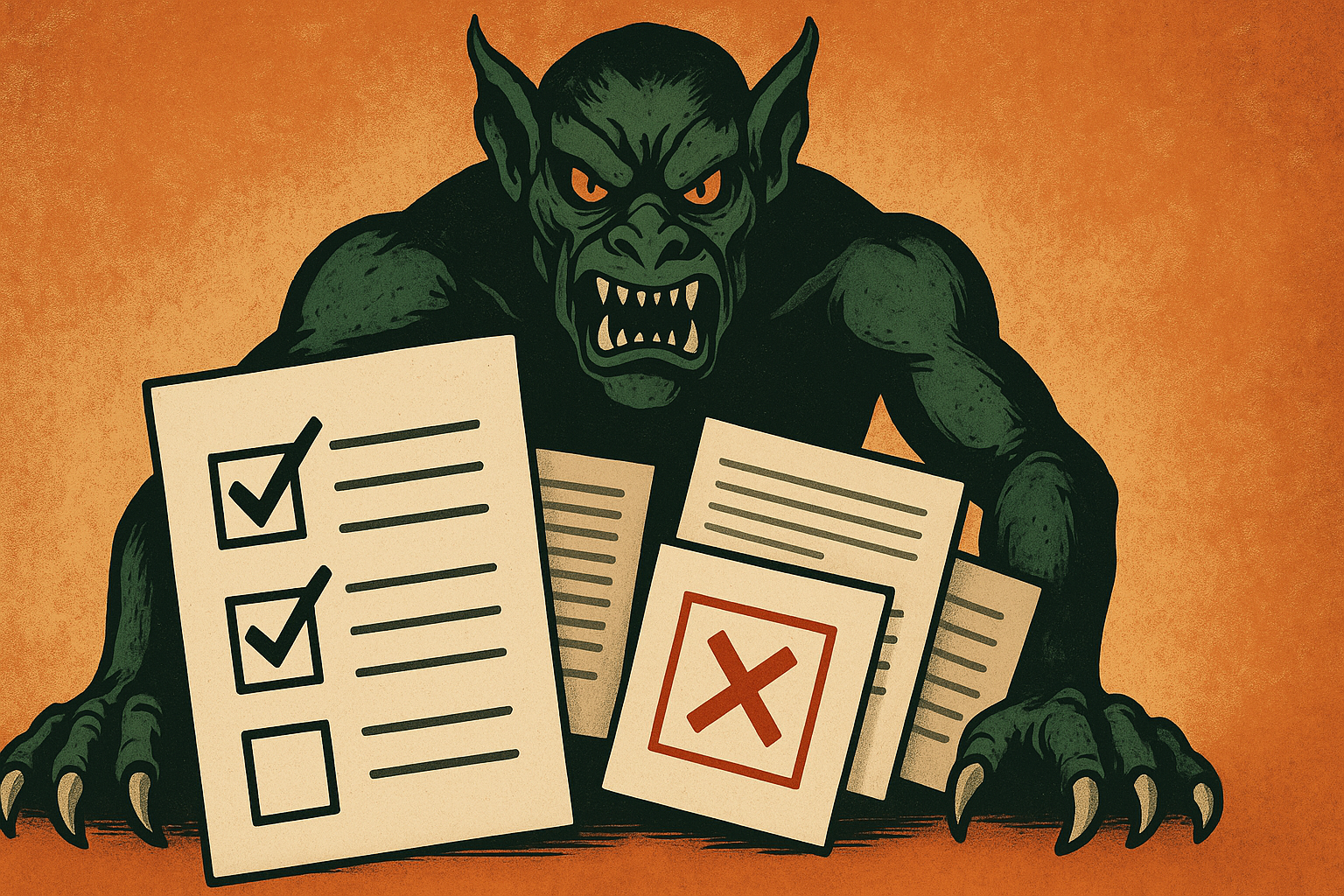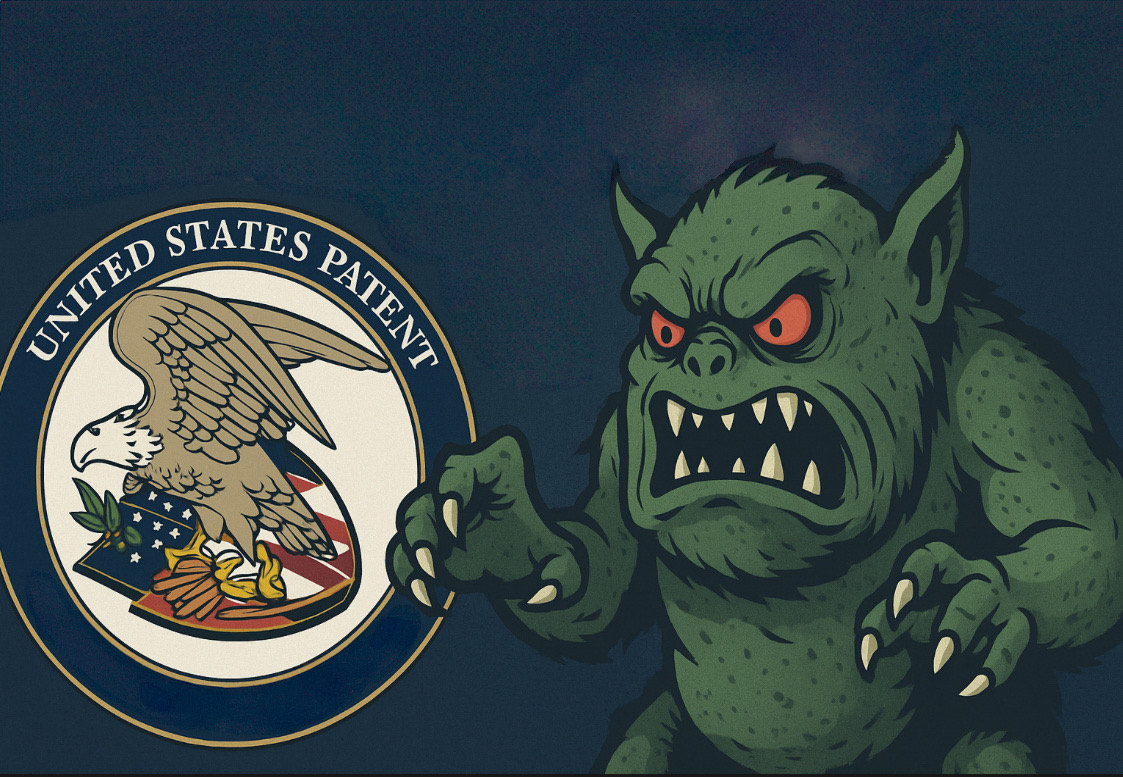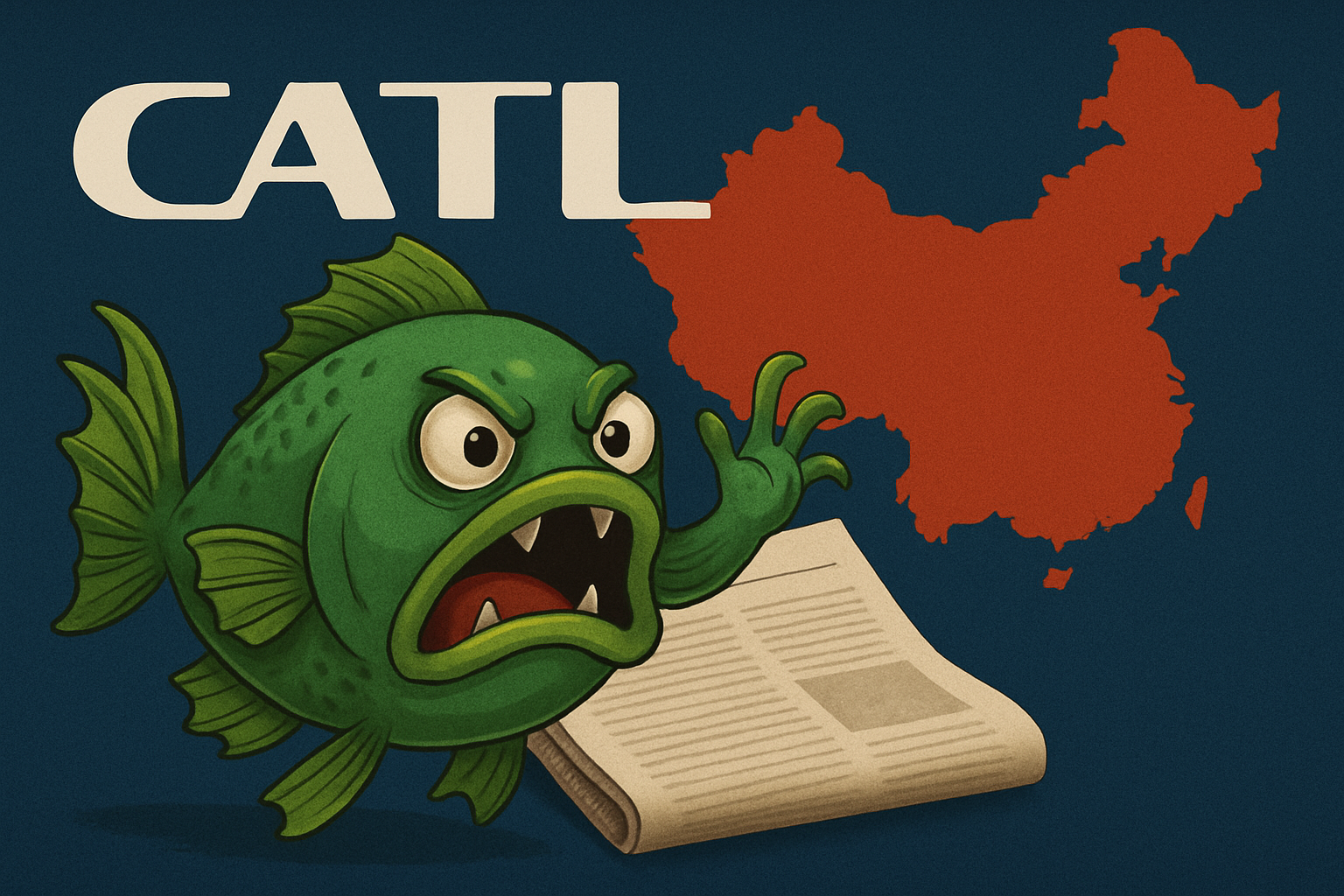
I haven’t written anything for external consumption in a long time unless you count the stuff I do for UnemployedProfessors.com and my Instagram captions. After last week’s US Inventor’s call, however, I was persuaded to not only write for Paul, my favorite patent frenemy, but also change my topic to this one. It has a longer title than the one I had planned, and I needed help hitting that 600-word minimum requirement.
(Hint: Never have I ever had a problem hitting a word requirement.)
The main topic of the call, as I understood it, was avoiding the PTAB, and probably that’s what a lot of the calls are about. One of the sub-topics was claims construction and how easy it has become to have all or some of a patent’s claims invalidated based on terminology as it relates to prior art. That reminded me of my interview with an examiner many moons ago (relevant part here: https://iptrolltracker2.wordpress.com/2013/09/11/interview-with-a-patent-examiner-part-ii/) about exactly what prior art searches examiners do before deciding to grant a patent. Back in that day, it was only the existing patent database that was searched which seemed as colossally stupid then as it does now. Evidently, that’s changed, and that’s a great thing. The harder you search for prior art prior to grant, the better off you are post grant.
Something I had never thought much about, though, was the use of language in claims, and that’s what struck me on the call. There are a lot of words in use now that didn’t exist even {insert virtually any number} years/months/weeks/days ago. This presents a unique problem. “Made-up terms,” meaning terms that are newer in the description and claims of a patent, make prior art hard to find because those terms didn’t exist “prior.” This is a classic catch-22 because it can be:
- Good, in that the patent has a better chance of being granted because it’s new and non-obvious…if you can’t find anything out there that uses the same terms, there’s no prior art
- Bad, in the sense that if a word doesn’t have a specific, decent, known definition, you can define it however you want, depending on the circumstances, and you risk it being defined in a way that does not favor you as an inventor, whether it happens in an invalidity suit or an infringement suit.
In other (ahem) words, If your invention isn’t clearly defined in non-new terms, then the new terms can be defined at PTAB as anything that supports invalidity. So, the trick then is to describe your claims using as old and as simple terms clearly and concisely as is humanly possible. Aim to describe your invention and all its claims to your six-year-old after he’s had a bag of gummy worms. Also, keep in mind that if it goes to the PTAB at any point in the future, the judges there will behave like six-year-olds, so you’ll be ahead of the game.
Now, one could argue the question, “Is the goal in writing a patent to avoid invalidity at the PTAB?” Well, I think these days it must be. Should the goal be to avoid invalidity at the PTAB? Well, no. The goal should be to describe an invention that will promote the useful arts and gain an exclusive right to something unless someone pays you to use it. But if we’re going to live in the world that the AIA created for us, I don’t suppose we can go that route anymore, now, can we?
Thomas Edison’s patent for the light bulb is two pages, inclusive of the illustration. I took a gander at five patents for a few companies that I’m currently working with, and the average length is 17.8 pages. Technology has come a long way since the 1880s, and the number of words and drawings it takes to describe an invention will have increased over that time most certainly. My point in doing that little exercise was to ponder how many of the innovative words we use are actually necessary to convey the idea we’re trying to convey? All of them? Half of them? I’m not sure. It seems to me, though, that the longer it takes to convey your idea, the more potential there might be for the people at the PTAB to un-idea that idea. Like Dizzy Dean said, “If you think long, you think wrong.” Slightly altered for our case, I’d say, “The more and newer words you have to use to describe your invention, the less inventiony it will eventually be.” Or something like that.
People used to have very simple ways to say things that everyone around them understood instantly because the words had simple, known definitions. It just made me wonder if maybe trying to go backward in the language instead of forward when describing even very new, technology-based inventions may prevent some of the moving target definitions that make claims deconstruction so much easier for those who are out to invalidate.
Just sayin’
I come from an “all data, all the time” background. I’ve spent over 20 years working with companies to figure out what data to collect, how to collect it, where to store it, and how to get it back out in a way that makes the most sense. My favorite part of any engagement is when the client uses my work to make data-based decisions that make their lives better and their companies more profitable. Magic!
I live in Katy, TX, just west of the Houston area, and have two 20-something sons. They still enjoy coming to hang with me, but I suspect they really want to visit the outdoor fridge full of Modelo Especial.
I’m passionate about abusive patent litigation and spend way too much of my free time reading and writing about patent trolls, recent court rulings, and reviewing patent applications. I’m a firm believer that Star Wars > Star Trek, and may or may not be the 37th member of the original Star Wars Fan Club. (Hint: I am.)







Patent protection was devised, in part, to protect individual inventors against large predatory entities. Today’s USPTO patent examiners appear to be doing everything they can to prevent individual inventors from protecting themselves.
I applied for a patent for a porous polymer sheet with a supplement that is positioned between a positive electrode and a negative electrode of an electrochemical cell, to inhibit metal deposition on the negative electrode. The cell is provided with an electric current, but is NOT discharged, in terms of the invention. The word “battery” is not used. The examiner, a USPTO primary examiner in a 1720s Art Unit, did not argue that supplement is not novel, but instead insisted on describing the electrochemical cell as a battery, and proceeded to cite a number of battery patents as anticipating my invention. The Merriam-Webster dictionary definition of a battery is “a cell that furnishes electric current”. The examiner took no notice, and insisted that “a person of ordinary skill in the art” considers my cell to be a battery. Who is this person? Why was this person not identified? It appeared as if the examiner had crafted a narrative designed to artificially prolong the examination of my patent application.
One of the cited patents claims a battery separator consisting of (1) a plastic sheet, (2) a layer of rubber and (3) a glass fiber mat. Despite my argument that three sheets do not anticipate a single sheet, the examiner insisted that “the claimed invention does not require a unitary porous insulating sheet or otherwise demand that the porous insulating sheet is a single sheet”. The examiner appeared to be ordering the inventor to accept that a description of a sheet, (singular), that does not include a denial of multiple sheets, permits the examiner to impose three sheets by virtue of the absence of the denial!! I replied that the examiner had given short shrift to the rules of grammar that govern the use of singular and plural nouns. The examiner had thereby crafted not one but two narratives in his quest to impose indefinite examination on my patent application.
Patent examiner name searches reveal that there are USPTO patent examiners who are rubber stamping corporate patent applications as fast as they can, and are thereby earning maximum “counts”, and are ambushing individual inventors because of perceived weakness, and are imposing very long patent examination procedures on them, and are thereby earning maximum “counts “. Oh yes, these are mean, mean people, who put the grabbing of money ahead of the rights of individual inventors.